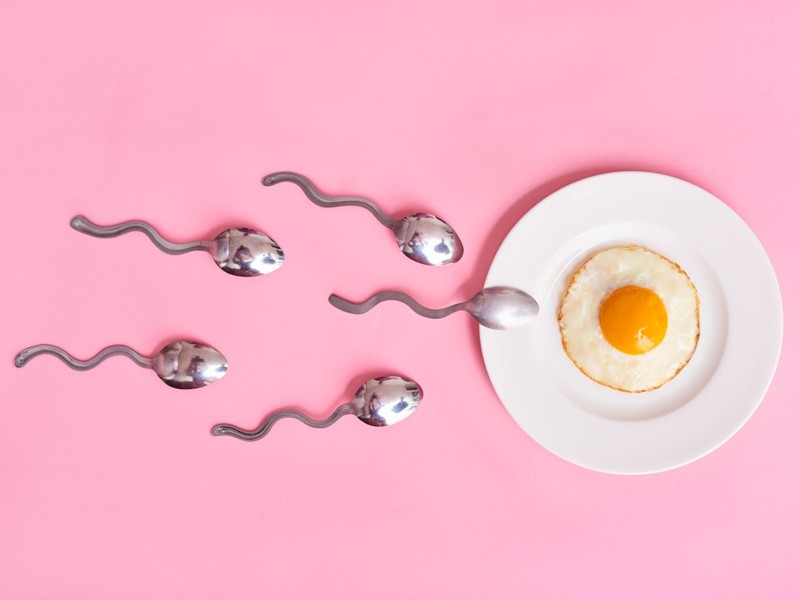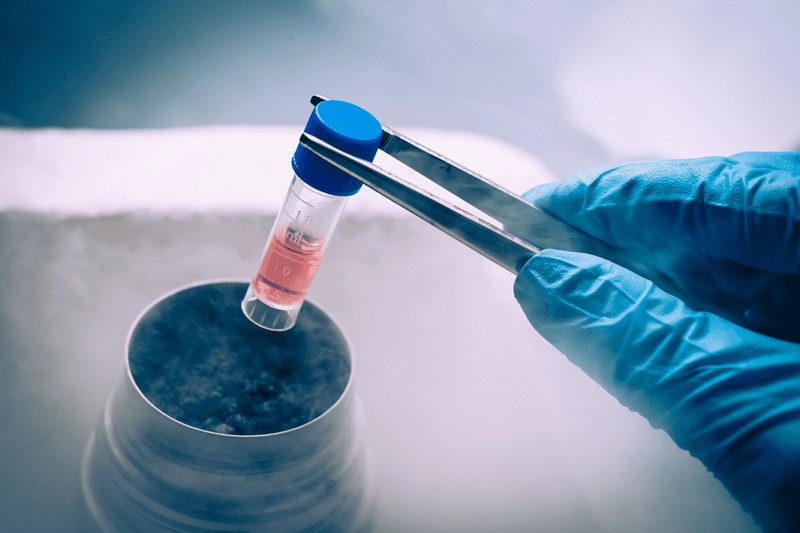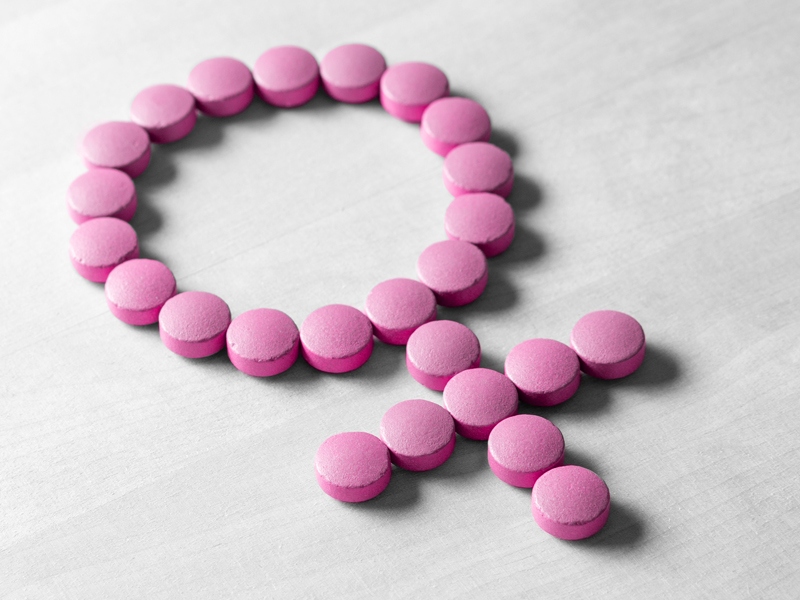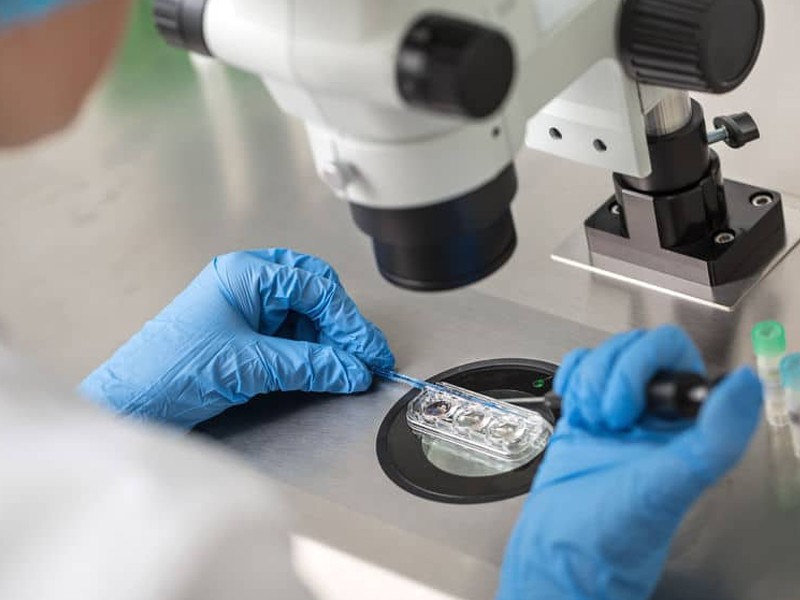How fertilization occurs in humans

The birth of man is undoubtedly a real miracle of nature. Many future parents, when planning a child, understand the full responsibility of this decision. Indeed, many incredibly complex processes must occur, in order for a new organism with a unique set of physiological, psychological and other characteristics to appear. The first and main such process is fertilization.
Ovulation is the best time to conceive a baby
The process of conception occurs as a result of the fusion of the female and male germ cells. Under natural conditions, it is carried out directly in the female body and connected with the menstrual cycle.
Even during intrauterine development, a large number of germ cells – gametes – are formed in the ovary of the future girl. They remain immature until the end of puberty. There is a process, which we call ovulation and which occurs once a month with normal, regular activity of the female reproductive system.
What is this period characterized by? During ovulation, the egg is released from the ovary into the abdominal cavity and enters the fallopian tube. This phase of the menstrual cycle lasts about 15-20 minutes and it is the most favorable period for successful conception.
The fallopian tube is a space, where the fusion of the egg and the sperm takes place. A mature female reproductive cell retains the ability to fertilize throughout the day. If at this time it does not meet male gametes on its way, then the cell dies and is excreted from the body with blood.
What happens to the egg during ovulation?
The complex process of ovulation has its own explanation. The preparation of the oviduct funnel for the acceptance of the egg is activated in two hours before the start of the process. Due to the contraction of the villi of the epithelium of the funnel, the egg directes to the fallopian tube, which at this moment, opens under the influence of a strong blood flow and the hormone estrogen. The acidic environment in the cervix, which blocks the entry of semen, changes to a less aggressive one, favorable for the existence of sperm. Thus, it becomes possible for them to pass to the ovulated egg.
It is interesting that during ovulation, women experience a hormonal surge, which is accompanied by an increase in libido, as well as frequent mood swings.
Fertilization concept in humans
During natural conception, the male sperm combines with the female egg in the woman’s body. This can take from three minutes to five days. At this moment, about 300-500 million spermatozoids enter the woman’s body. Surprisingly, but in most cases, only one of them takes part in fertilization.
From a biological point of view, the following stages of fertilization are distinguished:
- denudation. At this time, the egg is covered with a layer of specific cells that form a protective barrier for the nucleus. To get to the outer layer of the egg, sperm secrete a special enzyme called hyaluronidase. Under its influence, the protective layer of the egg liquefies, passing the most active male gametes into the middle;
- during the second stage, sperm penetrate through the egg membrane. During this period, the formation of the female pronucleus, is completed, containing the maternal genetic material;
- the third stage is characterized by the penetration of one spermatozoid (less often two or three) into the cytoplasm of the egg. Interestingly, only the head of the sperm gets in, and the tail disappears as unnecessary. The head turns into a pronucleus containing the paternal genetic material. The surface of the oocyte changes, blocking access to other sperm:
- the fourth stage is final. During this period, the fusion of the female and male pronucleus and the formation of a zygote occurs.
Due to the peristaltic movements of the ciliated epithelium, the zygote moves along the fallopian tubes into the uterine cavity.
Zygote and its development before implantation into the uterine wall
The division of the zygote begins after the formation of a stable union of the parents’ pronuclei. The fertilized egg is actively dividing.
Before entering the uterus, it goes through the following phases of development:
- the first phase is called fission. Indeed, at this time, the cell is precisely divided: the number of cells in the embryo multiplies and their size decreases. However, the overall size of the embryo does not increase. It already consists of 6-8 blastomeres. In this period, the embryo can be divided into two or more parts, as a result of which identical twins are born. The stage lasts four days and ends with the formation of the morula;
- by the fourth day of development, the morula forms two cell layers. At this time, the embryo consists of 12-14 cells. Morula moves along the fallopian tube towards the uterus, repeating the path of the sperm but in the opposite direction. If the movement of the embryo is very slow, there is a risk of ectopic pregnancy;
- on the fifth day, the embryo forms a blastocyst, which, entering the uterus, is suspended for some time. During this period, the body of the expectant mother actively produces progesterone, preparing the uterine lining for fusion with the embryo, calming it and reducing the contractile function so that it does not push the embryo out.
Upon reaching the uterus, the fertilized egg splits into two unequal parts. From the larger one, the child’s body will be formed directly. The smaller one will form the placenta, which will act as an organ of blood circulation, nutrition, respiration and excretion of the embryo. In this place, the placenta attaches and deepens into the lining of the uterus, making the connection of the unborn child with the mother’s body. The embryo will spend here all the time of intrauterine development.
Conclusion
There are no useless processes in nature. Every detail is thought out to the smallest detail. We discover the whole world: mysterious, complex and delightful, when we are interested in the issues of conception and human development!


